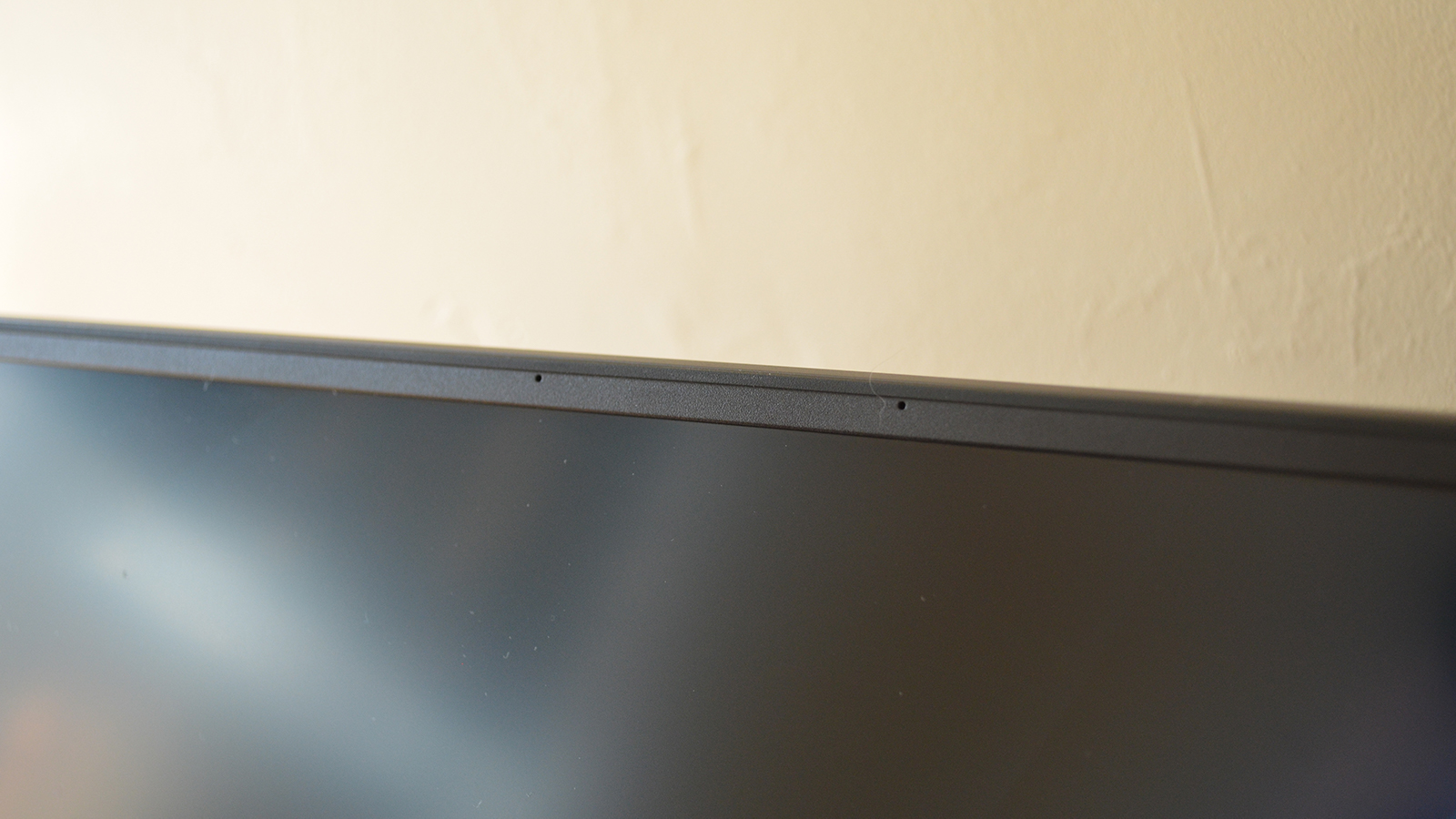10 horrible features to avoid when buying a laptop for play or work
With Amazon Prime Day 2021 looming and the chaos caused by the global chip shortage subsiding, many will be looking to purchase a laptop to replace an old one, to move away from a desktop PC or as a first laptop for university students.
The experts at TechRadar have reviewed hundreds of laptops over the years, from obscure vendors to the popular brands. Our hands-on experience has given us a unique perspective on what makes a good laptop and, by inference, what it takes to make your user experience on Windows feel like a trip to Hell.
Below are, in no particular order, some of the features that you absolutely need to avoid in order to make your journey in the world of computing as pleasurable as possible. Note that our focus will be on the Windows platform rather than Chrome OS.
1. 4GB RAM
Intel’s much-reviled entry level processor has had a lot of bad publicity but I believe that it has a place to play in the wider market especially at the very low end and my piece from 2015 (Why the Celeron doesn't deserve all the hate) is still valid to this day. The newest breed of Celeron like the J6413 or the N5100 are surprisingly fast, as nippy as a Core i3-10110U or a Ryzen 3 3200U (at least according to some benchmarks).
We’re in 2021 and while mainstream Android smartphones have adopted 8GB as their baseline system memory, the three biggest laptop manufacturers - HP, Dell and Lenovo - are all guilty of bundling only 4GB of RAM with dozens of their laptops.
And not necessarily the cheapest ones. Dell easily wins that round with the Latitude 5511, a business laptop with 4GB of RAM and a price tag of $1529. The fact that it is powered by one of Intel’s most powerful mobile processors, a 6-core Core i7-10850H, only makes that pill a little bit harder to swallow. Remember that a fraction of that 4GB will be dedicated to your video card, usually between half-a-gigabyte and 1GB, leaving your system with even less memory.
2. Soldered RAM
But one might find solace in the fact that the Latitude range has expandable memory capabilities. You can swap and upgrade the memory fairly easily. That is sadly not the case for many entry level laptops that are stuck with soldered on RAM, which makes any upgrade impossible. Some models have one soldered RAM module and a free slot, which is a better scenario but could leave you with a lopsided configuration.

3. Single channel memory
That brings us nicely to single memory channel configuration; always opt for dual channel configuration where possible. In practice, it means choosing a system with two smaller memory modules rather than one single big one (e.g. 2 x 8GB rather than 1 x 16GB). Dual channel doubles the memory bandwidth available and in compatible systems, this can translate into real performance gains for essentially no additional outlay, however small these gains are. Lenovo, for example, offers that option.
4. HD display
Another antique technology that still somehow lingers on into the third decade of this millennium is HD technology. At 1366 x 768 pixels, the pixel density (100ppi on a 15.6-inch display) on any laptop screen with this resolution is going to be abysmal. Expect jagged edges on icons and fonts, less display real estate (especially frustrating for web browsing and spreadsheets) and a user interface that will feel bloated.
5. Laptops with hard drives
When it comes to storage, having hard drives fitted as system drives to laptops no longer make sense. No ifs, no buts, especially not, as Dell did, on a $1,529 business laptop (the Latitude 5511 that comes with 4GB of RAM, ouch). SSDs are affordable and ubiquitous enough to fit into any price points and the performance gains are very tangible. They are also more resilient, more power efficient and if available in M.2 form factors, are far smaller.
6. Anything with less than 128GB storage
It is mind boggling that laptop vendors still ship Windows devices with 64GB storage. That’s wrong on two levels; firstly a significant chunk of that will be taken by the Windows installation and any bundled bloatware. You will be lucky to have more than 50% left when you switch on such a device for the first time. Then there’s the obligatory Windows updates which gobble GBs upon GBs. That doesn’t end here; what manufacturers do not tell you is that solid state drives - unlike hard drives - see a marked degradation in performance with shrinking free capacity. But there’s worse.
7. eMMC storage
To cut costs and save on space, entry level devices use a different storage technology called eMMC, similar to what can be found in smartphones and memory cards. eMMC chips are soldered on the mainboard and tend to offer up to 64GB storage. Such storage is usually terribly slow and suffers a double whammy due to the low storage capacities that accelerates a drop in performance. How slow? Well, compared to a SATA SSD, we’re talking about 75% slower in write and 50% slower in read speeds.

8. No webcam
A new trend that has developed lately is to exclude the webcam from the feature list. Xiaomi and Asus are two of the better known laptop brands that have embraced this fad. There’s simply no excuse; not everyone is a Twitch gaming aficionado with an external high quality webcam and not given the option to have a webcam on a laptop with a four-figure price tag is simply ludicrous. Hybrid working and video conferencing from home are now part and parcel of the lives of millions.

9. Sub-par warranty
If there’s one thing that you should always look for is extra warranty. Some companies are known to cut corners by offering shorter warranties, or charging extra for parts or expecting the consumer to fork out the pickup and return costs. That’s just not good enough but understandable as the bigger brands can leverage economies of scale better. HP, for example, offers 100% money back rebate if you don’t send it for repairs which is essentially a win-win situation. If only car insurance policies were as generous!
10. Windows 10S
The last of our list is certainly not the least. Microsoft is, for whatever reason, keen on pushing its own version of Chrome OS, AKA Windows 10S despite no appetite for this version. Google search data shows that the most popular related search queries for Windows 10S are “what is Windows 10S” and “difference between WIndows 10 and 10S”. So there is clearly some confusion in the market and the fact that you can switch to Windows 10 Home for free sort of makes Windows 10S all but obsolete and a useless distraction for the end user.

Picking the right laptop
In conclusion, scrutinize your laptop specification list when shopping around paying close attention to the amount/type of storage, the memory configuration and the display. If in doubt, you can always shoot us an email.
- We've also highlighted the best business laptops
from TechRadar - All the latest technology news https://ift.tt/3pN9GiQ
Comments
Post a Comment